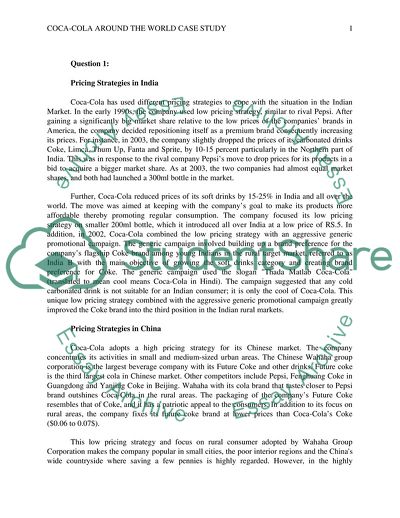Cite this document
(Coca Cola around the world Case Study Example | Topics and Well Written Essays - 750 words, n.d.)
Coca Cola around the world Case Study Example | Topics and Well Written Essays - 750 words. https://studentshare.org/marketing/1842736-coca-cola-around-the-world
Coca Cola around the world Case Study Example | Topics and Well Written Essays - 750 words. https://studentshare.org/marketing/1842736-coca-cola-around-the-world
(Coca Cola Around the World Case Study Example | Topics and Well Written Essays - 750 Words)
Coca Cola Around the World Case Study Example | Topics and Well Written Essays - 750 Words. https://studentshare.org/marketing/1842736-coca-cola-around-the-world.
Coca Cola Around the World Case Study Example | Topics and Well Written Essays - 750 Words. https://studentshare.org/marketing/1842736-coca-cola-around-the-world.
“Coca Cola Around the World Case Study Example | Topics and Well Written Essays - 750 Words”. https://studentshare.org/marketing/1842736-coca-cola-around-the-world.


